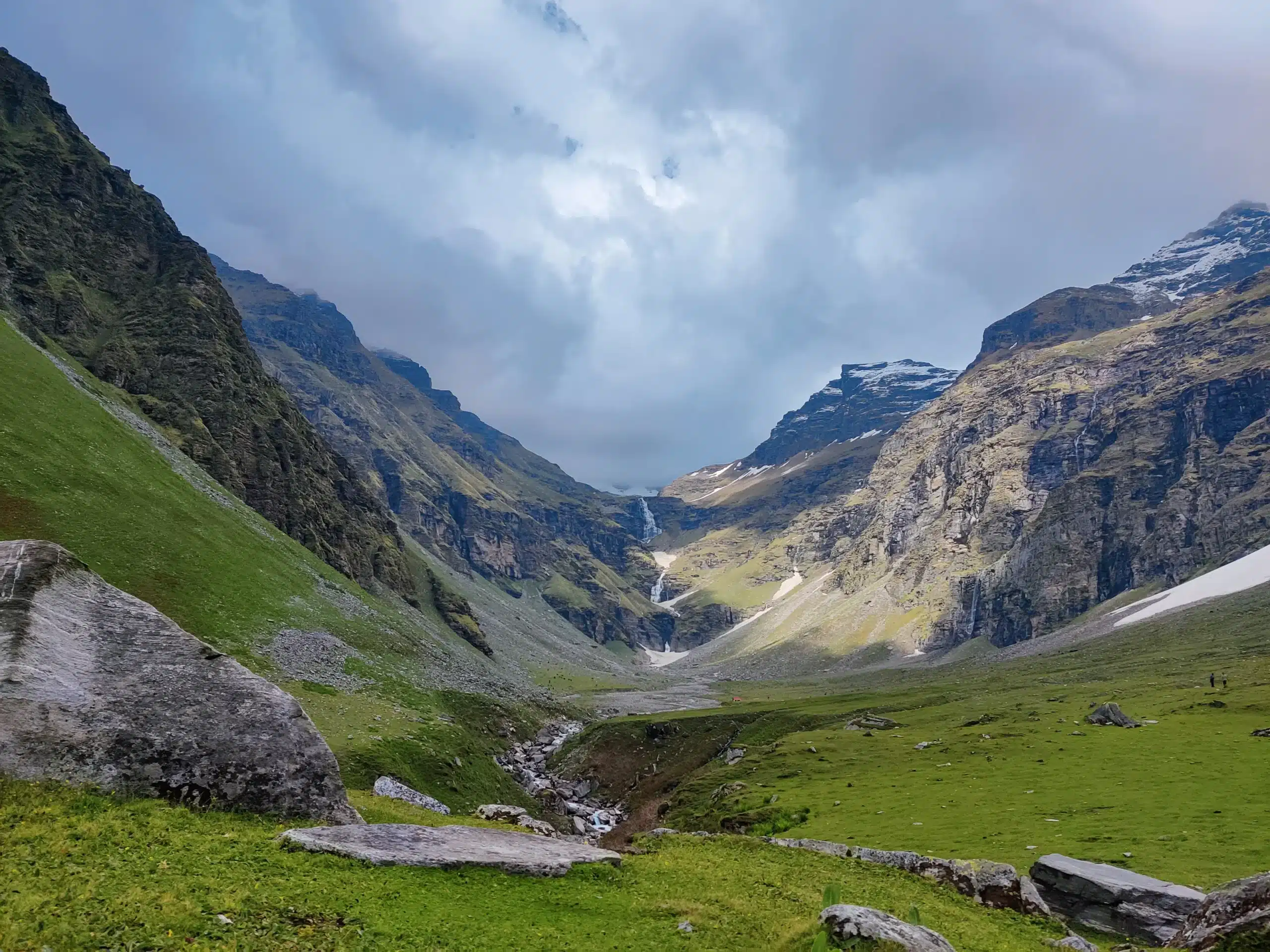Trek Grade
Moderate-Difficult
Highest Altitude
12,467 ft
Base Camp
Khanyisani / Bhitri
Best Time
Summer & Post Monsoon
Trek Distance
35 Km
Not sure which trek is right for you? Trekup India’s Mountain Experts have you covered.
Not sure which trek is right for you? Trekup India’s Mountain Experts have you covered. From figuring out if a trek matches your fitness level to knowing who you’ll be trekking with, we’re here to answer all your questions. Reach out to our Mountain Experts and plan your trek with confidence.
Rupin Supin Trek
The Rupin Supin Trek: Discover the Hidden Gem of Uttarakhand’s Himalayas. Tucked away in the Western Garhwal Region of Uttarakhand, the Rupin Supin trek is a lesser-known gem that seamlessly weaves together tranquillity and cultural heritage. This scenic trek links the stunning valleys of the Rupin and Supin rivers, providing adventurers with a rare chance to experience pristine mountain scenery, quaint villages, and awe inspiring vistas from lofty heights, with the legendary Vijay Top offering a particularly spectacular panorama.
Covering 6 days, the Rupin Supin trek adventure begins with a picturesque 235 km drive from Dehradun to Khanyisani Base camp. The path then winds through pine forests, alpine meadows, and secluded campsites such as Sarutal and Badang, gradually ascending in elevation. The most thrilling segment of the expedition occurs on Day 4 as hikers conquer Vijay Top at an altitude of 12,467 ft, the highest peak along the Rupin and Supin trek path, before descending into the Supin valley towards Bhitari village. This transition from one valley to another adds a unique and fulfilling aspect to the trekking experience.
The Rupin and Supin trek spans approximately 32 km, featuring moderate inclines. Typically taking five days to complete with an additional day for the return journey, it is considered a perfect mid-length Himalayan trek. This trek is classified as moderate in difficulty and recommended for individuals with some trekking experience or a reasonable level of physical fitness.
The Rupin and Supin trek is accessible throughout the year, but it is recommended to visit between November and March or July and September for the best experience. During these times, you can enjoy the snow, vibrant green paths, and blooming flowers in the monsoon season. The area is surrounded by the Rupin and Supin rivers, providing a wonderful blend of nature and local culture.
Before diving into the details of the this trek so unique. To give you we’ve outlined the key highlights of the Rupin and Supin Trek, showcasing what makes this adventure truly exceptional.
The journey spans 454 km by taxi and 32 km by foot, to be completed over 6 days and 5 nights. The route begins in Dehradun, passes through Mussoorie, and leads to various destinations including Khanyisani Base camp, Fhitari, Jakhol, and Sankri, which serves as the gateway to over 30 treks in Uttarakhand.
Rupin & Supin Trek is a relatively low-altitude mountain adventure, reaching a height of 3800 meters. The initial trail is considered easy to moderate, making it an ideal choice for school groups, families, and novice trekkers. To brave the sub-zero temperatures, it’s essential to pack the right gear and clothing. This trek offers a breathtaking panorama of the Himalayas, with picturesque pine forests, diverse flora and fauna, and a glimpse into authentic Garhwali culture. Take the time to engage with local guides, who will regale mythology and share insights into the region’s customs. With stunning vistas around every bend, don’t forget to bring a camera and extra batteries. Be mindful of your backpack’s weight, keeping it under 10-12 kg. A highlight of the trek is the serene walk along the Rupin and Supin rivers, which winds through lush forests, open ridges, and secluded valleys, accompanied by the soothing
Discover the enchanting landscapes and rich cultural Rupin and Supin Trek. This trek offers a diverse and thrilling experience, with breathtaking vistas of lush meadows, quaint villages, snow-capped peaks, vibrant fields, and majestic rivers. As you venture into the uncharted territories, you’ll have the opportunity to witness a wide range of flora and fauna, and gain insight into the local way of life. The uniquely situated Bitari village, per, offers a stunning panorama. The multi-tiered Bitari temple, meanwhile, provides a fascinating glimpse into the traditions and customs of the Garhwali people.
Our journey to the charming village of Bhitri, the initial stop on the Rupin Supin Trek. Perched at an elevation of 1554 meters above sea level, this quaint village boasts traditional wooden houses elevated on stilts, a serene temple, and a vibrant cricket-loving community. We pause to observe a group of enthusiastic young players, who, despite their rural surroundings, demonstrate a remarkable understanding of the game, mirroring the skills and idolized cricket stars.
Trek Cost
- Stay will be on a twin-sharing basis in tents
- + 210 Trek Insurance (optional)
- Discount Policy
Pickup time 6.00 A.M from Prince Chowk, Dehradun, Uttrakhand
Call Our Mountain Experts
Fix Departure Dates
Rupin and Supin Trek
Videos by experts watch these videos to prepare well for a Successful Trek

Want To Trek Like Pro?
Basically, watch these videos if you want to trek the same way professional trekkers do and make your skills better. These videos contain useful tips and techniques to further improve your trekking skills itself. These videos actually help both new and experienced trekkers improve their trekking skills. These videos definitely provide useful tips that make your trek better. We are seeing that these videos by Trekup India experts will only help you make your trekking skills better.
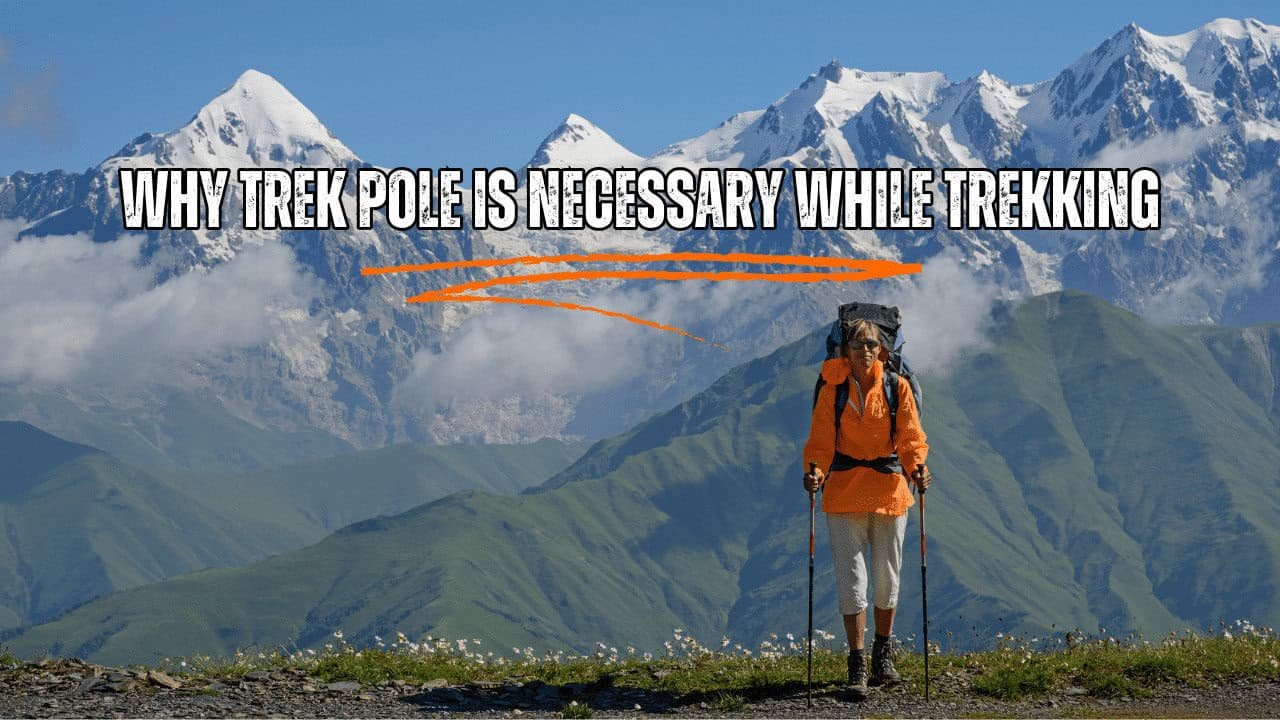

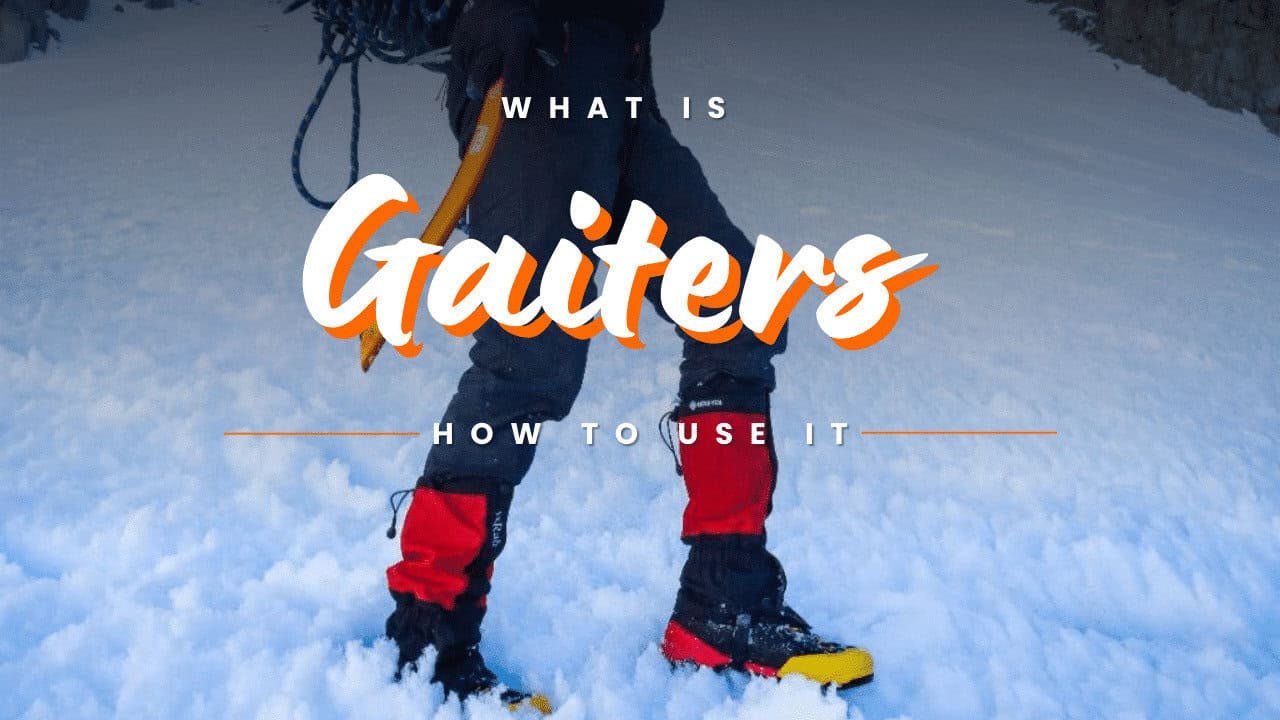




Know Everything About Acute Mountain Sickness
Acute Mountain Sickness occurs when people trek to high altitudes above 8,000 feet. This condition itself develops further due to reduced oxygen levels at such heights. Basically, as you go higher up, the air pressure and oxygen levels decrease, which causes the same problem. Acute Mountain Sickness surely causes headache, nausea, vomiting, and dizziness in affected persons. Moreover, peoples also experience difficulty in sleeping during this condition. To avoid mountain sickness, you should actually trek up slowly to higher altitudes. To learn further about this condition itself, watch the videos by Trekup India.
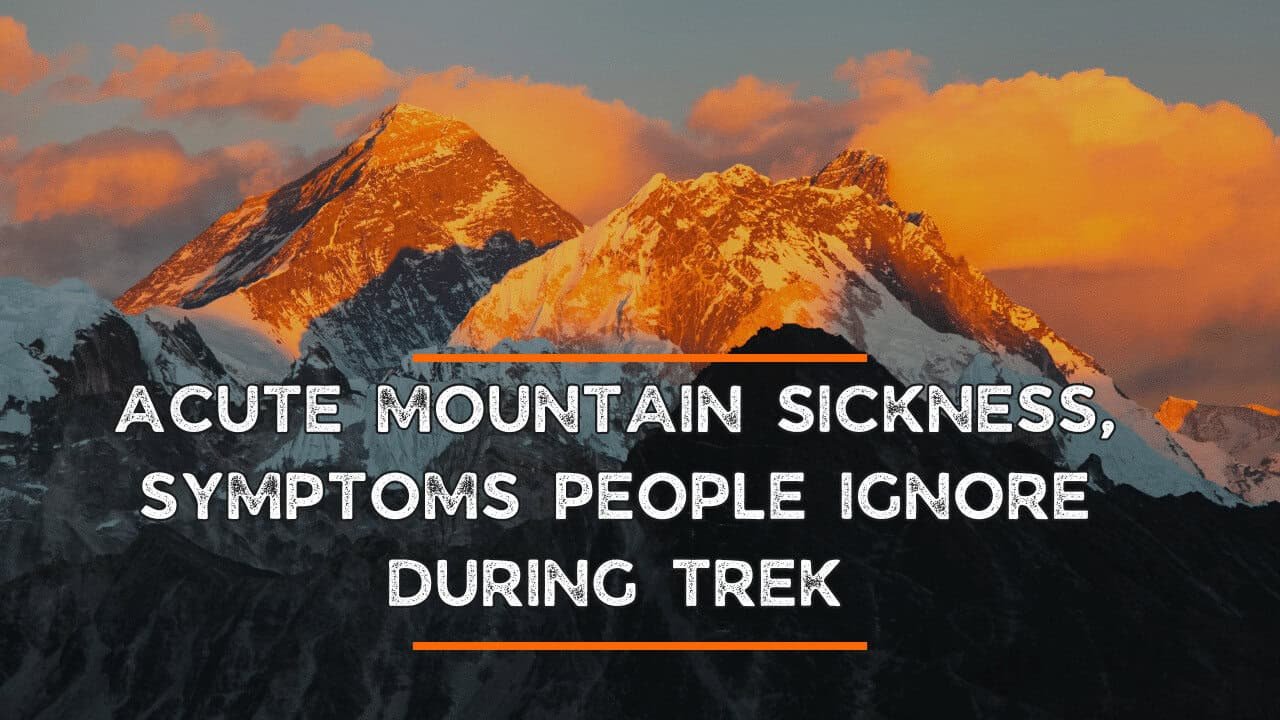
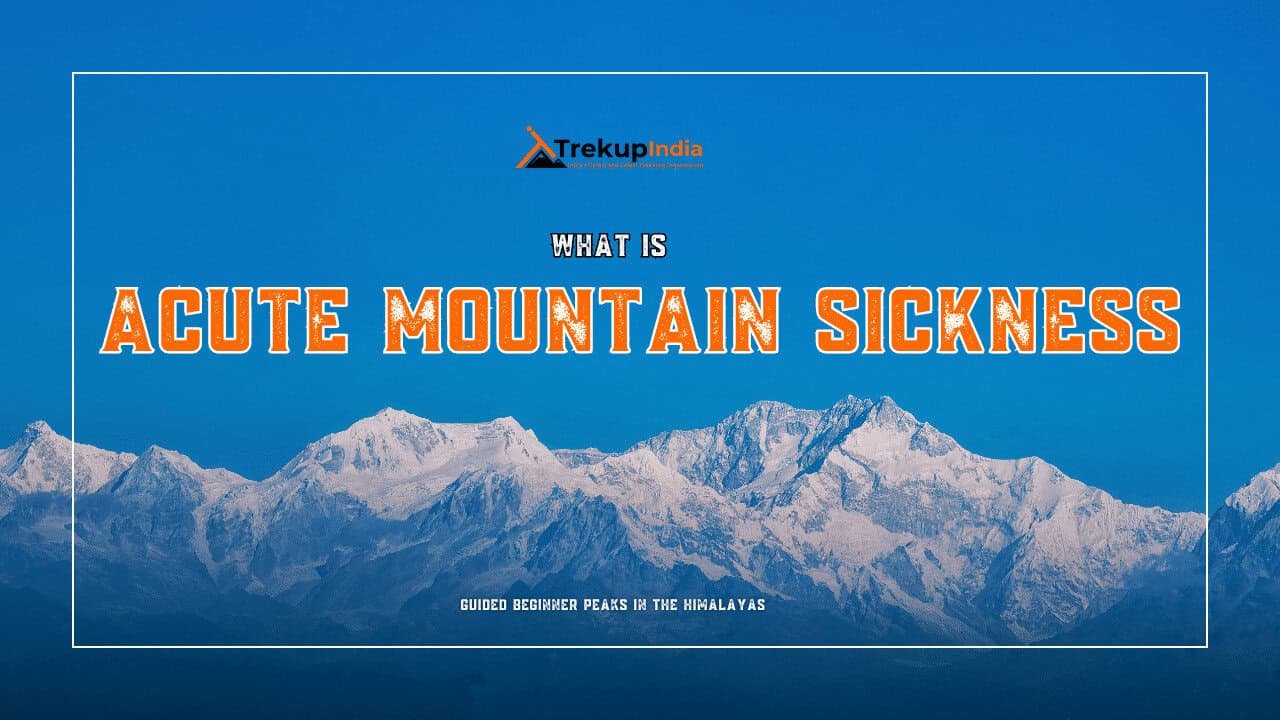
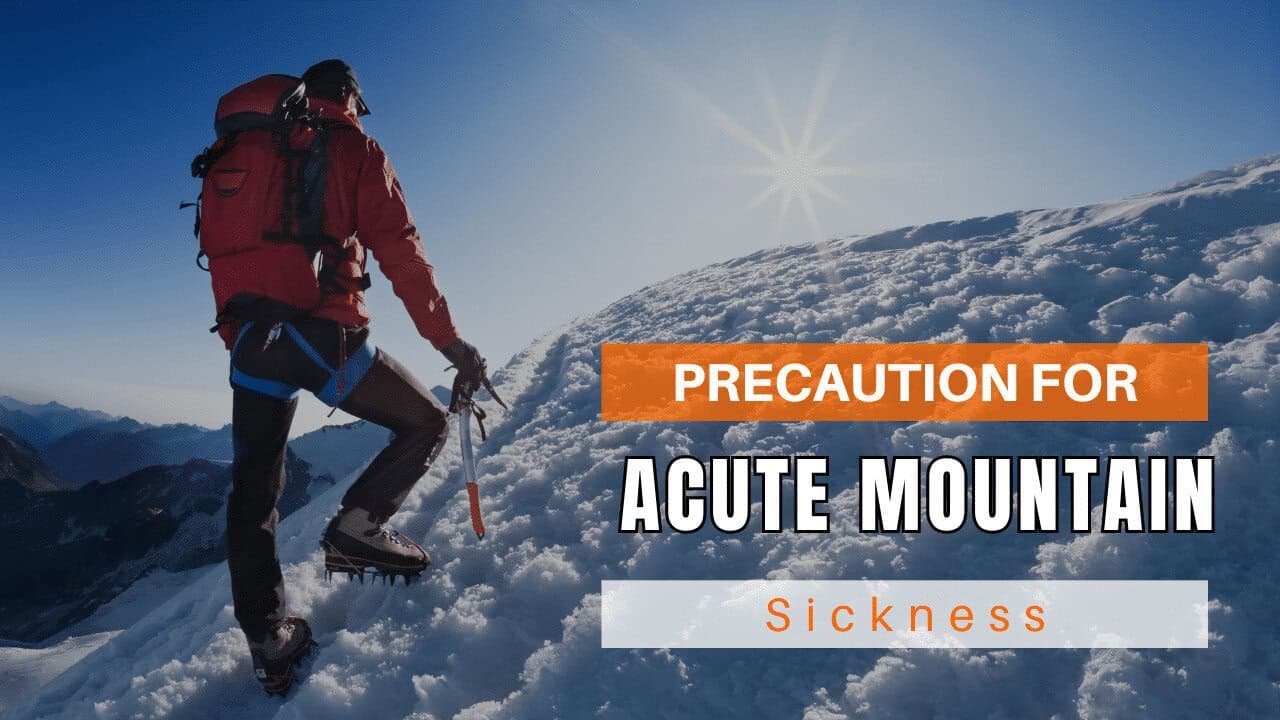
Day Wise Detailed Itinerary of Rupin Supin Trek
Day 1: Pickup from Dehradun Railway Station and Drive to Khanyisani Camp
- Distance: 235 km
- Duration 9 to 10 hours
- Altitude: 1,878 meters
- Night Stay: Trekup India Campsite (Twin-sharing basis)
Your journey through Trekup India begins at 6:00 am at Dehradun Railway Station. Our cars are waiting to pick you up, to begin your scenic drive to Bhitri or Khanyisani Village.
The route passes by Rajpur Road, giving you an insight into the charm of Dehradun. After about one hour or so, we get to Mussoorie which is known as one of the cities known as the “Queen of Hills,” and then stop off near Kempty Falls for breakfast. There, you are able to relax and admire the scenery over the course of about an hour.
The route continues on the sacred Yamuna river. The short stops can be used to take photos or just enjoy the view. On the way, you’ll traverse small market areas such as Nainbagh, Damta Nainbagh, Damta and Naugaon. At around 1:30 pm the stop is Purola to eat lunch.
The way from Sankri through Jarmola provides an unpaved zigzag road surrounded by the thick pine forests. After crossing Mori as well as the checkpoint at Naitwar and the check post at Naitwar, we arrive at Khanyisani Camp by late in the evening. Take a hot cup of tea or a snack on our beautiful homestay / campsite.
Day 2: Khanyisani / Bhitri Village to Sarutal Campsite
- Distance: 8 km
- Duration 4 – 5 hours
- Altitude: 2,000 meters
- Night Stay: Trekup India Campsite (Twin-sharing basis)
After having a nutritious breakfast Start your walk along your Rupin River towards Pujali and Bitri villages. The route passes through apple orchards as well as cultivated fields that are dominated by red rice and wheat.
It is a chance to see the traditional appeal of the traditional Garhwali tradition and Himalayan village living. Beginning at Bitri Bitri, the path leads into dense pine forests as it climbs gradually to give stunning views from Changsheel Valley and the distant Himachal ranges.
Our camp is in the vicinity of Sarutal Sarutal, an expansive meadow with lush vegetation that is a tranquil overnight stop. Take a meal under the stars as you retire.
Day 3: Sarutal Camp to Badang Camp
- Distance: 8 km
- Duration 5 to 6 hours
- Altitude: 2,600 meters
- Night Stay: Trekup India Campsite (Twin-sharing basis)
After breakfast, we begin our trek towards Badang Camp. When we climb on the mountain, a ridge rises up to separate two valleys, the valleys of the Rupin Supin and Supin Valleys, offering panoramic views of the Swargarohini mountains as well as the Swargarohini the mountains of Himachal Pradesh.
The path winds through beautiful wooded sections, with multiple gorges and streams with stunning views. In the end, we arrive at the lush greenery that is Badang which is an idyllic campsite tucked away among the nature.
Enjoy your dinner, and then unwind to sleep.
Day 4: Badang Camp to Vijay Top (3,800 m) & then Pachi Thach Campsite
- Distance: 12 km
- Duration 5 to 6 hours
- Altitude: Vijay Top – 3,800 meters
- Night Stay: Trekup India Campsite (Twin-sharing basis)
The day is the highlight of the hike. In the morning, you will begin the ascent to Vijay Top, which is the top point on the hike. The ascent is steep, however it offers stunning panoramic views that include Kedarkantha, Black Peak, Swargarohini, Obra Valley, and Khimloga Pass.
The summit offers an explosion of color during the blooming season and wildflowers are scattered throughout meadows, and clouds of mist drifting across mountains.
After a few hours on the top, you can descend through alpine forest until you reach Pachi Thach, an idyllic spot that is that is surrounded by lush vegetation.
Day 5: Pachi Thach to Fhitari Village and then Drive to Sankri
- Trek Distance: 7 km
- Time of Trek 4 – 5 hours
- Drive Distance: 36 km
- Night Stay: Hotel Swargarohini, Sankri (Twin-sharing basis)
Today, we head down to the gorgeous Fhitari Village, going through fields with terraces and smaller settlements. It is worth mentioning the Someshwar Temple on the banks of the Supin River, an important site of worship for the locals.
We soon reach Jakhol Jakhol, which is the entrance into Supin Valley and its largest village. Enjoy a short time of interaction with the locals prior to our car leads the passengers towards Sankri which is where you will are able to check in at the Hotel Swargarohini. Have a delicious meal and relax after an enjoyable day.
Day 6: Drive from Sankri to Dehradun
- Distance: 210 km
- Duration Time: 8-9 Hours
Enjoy your final breakfast with Trekup India at Sankri. In the days before departure, collect your certificates for completion of the trek. You can also make group photos for your moments.
The vehicle will leave towards Dehradun in the early in the morning. It is expected to arrive in the sunset, completing your memorable Rupin Supin Trek trek.
We’ve prepared a comprehensive Trek Route Map for your upcoming adventure to Rupin Supin Trek, which outlines the entire journey including all stops and trails. This map provides detailed information on the terrain, distance between points of interest, and estimated travel time to help ensure a safe and enjoyable trek. We’ve carefully curated the map to ensure that you have all the necessary information at your fingertips. Please take a moment to review it thoroughly, and don’t hesitate to reach out if you have any questions or concerns.
The Trek Altitude Chart is a useful tool for Trekkers to monitor their altitude changes during their rides, allowing them to plan their routes more efficiently and track their progress over time. This Rupin Supin Trek chart is beneficial for both casual and experienced Trekkers, helping them make the most out of their Trek experience.
Trek Cost Inclusions
- Stay: 5 Nights of accommodation at individual campsites, homesyas and Hotels of Trekup India on twin sharing.
- Meals: Trekup India will provide freshly cooked meals during the trek starting with Snacks, Dinner on Day 1 to Breakfast on day 6 (Meals are simple, nutritious, and vegetarian)
- Transport: Dehradun to Bhitri and return. (You have to pay Extra Rs 2,000)
- Trek Insurance (Optional): Trekup India recommends that all trekkers consider getting trek insurance. This is optional, but highly recommended. Trek insurance covers unexpected events that may occur during your trek. The cost of the insurance starts from INR 210. Please read more about what is included in the coverage and why it is mandatory on treks.
- Trek Equipment: Sleeping bag, Sleeping tents, Kitchen tent, Dining tent, Toilet Tent.
- Amenities: All utensils, sleeping mattresses (Black foam mats), Crampons, and Gaiters for snow.
- Health & Safety: First Aid Box, Oxygen Cylinders, Stretchers, Oxi meters, BP Machines, health.
- Permits: Forest Permits and Camping Permission Fee
- Trek Crew: High Altitude Chef, Helpers, Trek Leader & Guides, and other support teams.
- Potters & Mules: Potters and Mules are to carry all trekking equipment, ration, and vegetables.
Trek Cost Exclusions
- GST 5% (it is Mandatory)
- Any Meals/accommodation beside the itinerary or not mentioned in the program.
- Any Bus / Airfare to/from trek start/end point
- Personal Medical expenses do carry your medication.
- Any personal services such as Laundry, phone calls, liquors, mineral water, etc.
- Any still / video camera fee
- Any Entrance fee Monuments, Monasteries, Museums, Temples – Pay directly on the spot.
- Mules or porter charges to carry private baggage (Offload Charges for bag 2300 for whole trek, if paid online (at base camp 2,500). Note: Bag weight should not be more than 10 kg.
- Any emergency evacuation charges
- Any services that are not mentioned in the cost inclusion section.
What should you pack for the Rupin Supin Trek
Rupin Supin Trek is a high-altitude trek. The trekking gear you have to have for this particular trek differs from normal treks. Thus, read this whole segment. There is an important question that the trekker who is doing trek asks, like what all things to carry while trekking. Below, we have provided the details on everything you should take; an easy way to remember is by Head to foot or foot to head. We have prepared from Head to foot.
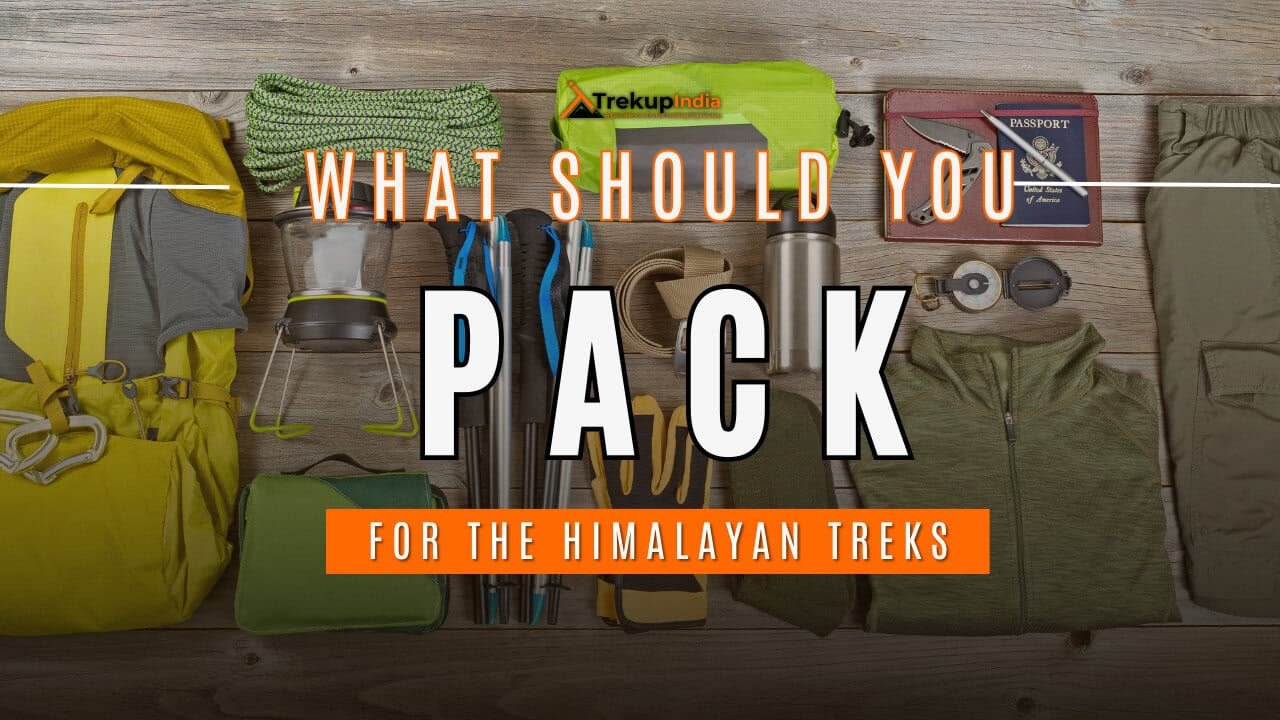
Head Gears
When trekking it's important to carry headgear to protect your head and face.
Heading out for a trek? Don’t forget to carry headgear to protect your beautiful face and head from the sun, wind, and dust! It’s an essential accessory that keeps you safe and comfortable throughout your adventurous journey. So, make sure you pack it before you step out into nature!
- Head Lamps – When trekking at night, headlamps are essential to illuminate your path while keeping your hands free. Headlamps come in different sizes and lumens, so it is essential to choose one that suits your needs.
- Hats or Cap – Caps or hats are also necessary when trekking in different weather conditions. Caps protect your head from the wind and freezing temperatures at night, while hats provide shade and protection from the sun during the day. It’s essential to ensure that your hat has a strap to prevent it from being blown away by the wind.
- Sunglasses – Sunglasses are also essential for trekking. Your sunglasses should protect your eyes from harmful UV rays and fit your face perfectly to avoid falling off while climbing, jumping, or crossing obstacles. The glass of your sunglasses should also be designed for different weather conditions to provide optimal visibility.
- Buff / Balaclava – Lastly, a buff or balaclava is a must-have to protect your mouth or neck from extreme temperatures and keep them warm. Buffs and balaclavas come in different materials, thicknesses, and designs, so it’s important to choose one that suits your needs and preferences. Depending on the weather conditions and your activities, you can wear them as neck warmers, face masks, or headbands.
Clothes
When trekking in high altitudes, prepare for cold weather by wearing layers. Layering traps heat, keeps you warm, and allows you to easily adjust your clothing as temperatures fluctuate.
Layering is important for different seasons when trekking. When planning a high-altitude trek, it is important to prepare for the cold weather. Wearing layers is the best approach as it provides both protection and flexibility when the weather changes frequently in the mountains. Layering helps to trap heat and keep your body warm, while at the same time allowing you to easily adjust your clothing as the temperature fluctuates. By wearing layers, you can enjoy your trek comfortably and stay safe in the unpredictable mountain weather
- For spring, summer, and monsoon treks, consider wearing three layers: a woollen sweater, a fleece, and a padded jacket.
- For autumn treks, add one more fleece layer to make it four layers.
- For winter treks, you may need five layers with thermals, a woollen sweater, two fleeces, and a padded jacket.
- T-shirt/sleeve shirt– Bring three T-shirts and two quick-dry trek pants, wearing one and carrying the others. Long sleeve shirts help to protect from sun UV rays. We recommend synthetic T-shirts as they get dry quickly when they get wet.
- Hiking / Trekking Jacket– down jackets (-5 to-10 C) or two-three-layer jackets.
- Thermals– at least two pairs of thermals help keep the body warm during cold weather.
- Undergarments– you can carry them according to your habitual and hygiene requirements.
- Gloves– 1 pair of gloves will keep your hand warm and nice.
- Trek Pants– Bring 2 to 3 comfortable trekking pants. Trekking pants play a significant role, as they are designed for comfort and mobility, making trekking easier. It should be Synthetic so that it gets dry quickly when wet.
- Rain Wear– you can carry a raincoat or Poncho. During long rains and snowfalls, the waterproof jackets start leaking. Still, the Poncho and raincoats keep you dry, so choose accordingly.
Tip: If you choose a raincoat on your trek, carry a small waterproof cover so things inside your backpack can’t get wet. If you carry a Poncho, you don’t need to worry. It protects both you and your backpack.
Foot Gears
When it comes to planning a trek, one of the most important aspects is to ensure that you have the right kind of foot gear.
- Trekking shoes which are waterproof and have ankle support. Walking / Hiking sandals which can be used off the trek, i.e., in the morning and evening hours when you reach the campsite, basically to get your feet rest from heavy boots, sometimes used for crossing streams and rivers, it’s more comfortable and safer than crossing barefoot or wetting your shoes. Sneakers (Optional) can be worn for normal driving days or used around the camp.
- Socks– you should at least carry 3 to 4 pairs.
- Microspikes & Gaitorswill be provided by Trekup India when required. You don’t have to carry them.
Personal First Aid Kit
Don't forget to pack your personal first aid kit! It's always better to be safe. So, make sure you're prepared for any unforeseen circumstances.
Below are some common medicines generally required/used during your adventure trip; however, please consult your doctors prior.
- Antiseptic towel or water syringe (to clean the wound)
- Butterfly bandage for a small cut
- Cotton and elastic bandages and sterile gauze pad for larger wounds
- Latex gloves are used when the wound bleeds.
- Medicine for Diarrhea (Upset stomach)
- Medicine for cold, flue/fever, headache
- Some pain killers
- ORS pouches
- Quick pain relief spray (External use)
- Any personal medicine prescribed by your doctor
- Dimox / Similar for high altitude sickness
- Bug Repellent
- Carry some nutria/energy bars and drinks (non-alcoholic)
- Note: Kindly consult your doctor before purchasing or taking any medicine.
Gadgets and Other Items
You might also consider bringing a camera, binoculars, portable charger, and snacks. Be well-prepared and tackle any trail with confidence.
- Trekking Poles
- Mobile phone
- Camera
- Spare batteries for phone and camera, power bank
- Lightweight flashlight or headlight
- A waterproof bag made of plastic is used for the camera.
- Plug/converter for electrical items
- 1-litre water bottle
- A journal with a pen would be a good idea to keep your notes.
- Some book of your interest for the ideal time
- Get into the habit of maintaining a Map and guidebook of the region.
Hygiene & Personal toiletry
Remember to pack hygiene and personal toiletry items such as soap, shampoo, toothbrush, toothpaste, deodorant, and toilet paper.
- Sunscreen with UV protection to shield your skin from harmful rays
- 1 or 2 small quick-drying towels to help you dry off quickly in case of rain or sweat
- Toilet paper, tissues or wet wipes for maintaining hygiene while on the trek
- Toothbrush, toothpaste, and mouth freshener to keep your mouth clean and fresh throughout the journey
- Deodorant or talcum powder to help you stay fresh and odor-free, especially during hot and humid climates
- Shampoo to keep your hair clean and healthy
- Sanitary pads or tampons (for female trekkers) to manage menstrual cycles
- Lip-gloss or salve to protect your lips from dryness and chapping
- Bio-degradable soap to keep yourself clean and hygienic while on the trek
- Nail clipper and other personal items that you use daily
Compulsory Documents to Carry
There are certain documents that you should always carry with you. These documents are not only necessary for your safety and security, but they may also be required by local authorities.
These files must be submitted to the Forest Department before your trek. With none of these, you will not be permitted to trek—original and photocopy of government photo identity card. Carry IDs like Aadhaar, voter ID, etc.
How To Plan Your Trek & Reach Dehradun?
By Train
Dehradun Railway Station (station code: DDN) is well-connected to the major Indian cities such as:
Delhi – Shatabdi Express, Nanda Devi Express, Dehradun Express
Mumbai, Kolkata, Lucknow, Varanasi, and other cities with regular trains for long distances
Recommend to reach Dehradun one day prior to you start the trek, or get an overnight train, which will arrive in the early hours of the morning (between the hours of 5:00 am and 7:15 AM) the day 1.
By Air
The closest airport to the city is Jolly Grant Airport (DED), located about 25km away from Dehradun city.
Direct flights every day to and from Delhi, Mumbai, Bangalore, Hyderabad, along with other major cities.
At the airport, you may hire a taxi, or catch a local bus to get to Dehradun the city (approx. 45-60 mins).
By Road
Dehradun is connected to National highways
Starting from Delhi 250km (6-7 hours)
Buses (Volvo AC/Non AC) are available starting from ISBT Kashmiri Gate to Dehradun
Taxis and shared taxis are accessible from the major cities of North India
Trekup India Tip
To ensure a smooth experience:
Get to Dehradun the day before or catch a flight/train which is scheduled to arrive at 6:00 am on the 1st day of your trip.
You can stay in an accommodation near the railway station. This will make your life easier
Pick-up Location: Dehradun Railway Station between 6:00 and 7:00 am on the first day of the trek
Fitness Required & Preparation Guide For Rupin Supin Trek
If you’re preparing for a Rupin Supin Trek, Trekup India recommends jogging as part of your fitness routine. Jogging helps work out the same muscle groups that you’ll use during trekking and can help you build endurance. You don’t need any special equipment to get started.

Fitness Target
Trekup India has put the Rupin Supin Trek into an easy-to-moderate-grade-level trek.
For Easy – Moderate Treks – In order to be well-prepared for your upcoming trek, it is recommended that you focus on building your endurance by aiming to cover a distance of 4.5 kilometers in less than 45 minutes. This will help you to develop the necessary stamina and strength required to successfully complete your journey.
How to Achieve This Fitness Target?
To start preparing for your trek:
- Try jogging for at least five days every week.
- If you find 4.5 km too difficult at first, begin with 2 km and gradually increase over 2-3 weeks.
- Once you feel more comfortable running 4.5 km, focus on improving your speed gradually on a daily basis.
It is important to ensure that you can consistently complete 4.5 km in under 45 minutes for at least two weeks before your planned trek. Allow yourself 6-8 weeks to prepare physically for the journey.
Strength Training exercises that benefit Trekking
Trekking is an activity that demands a good level of strength.
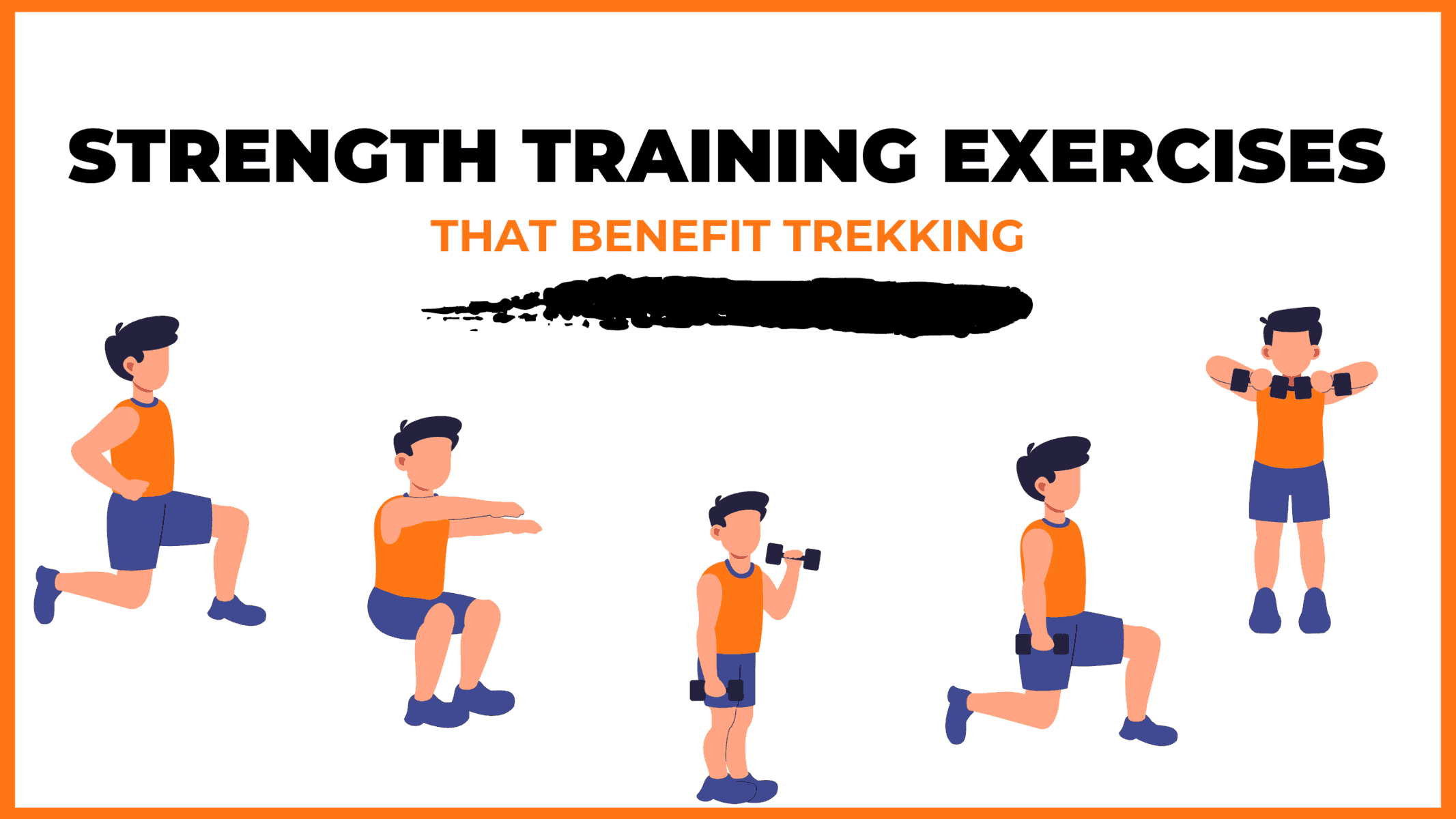
Trekking is a demanding activity that requires good cardiovascular endurance, muscular strength, and overall fitness. To help you prepare for your trek, incorporating bodyweight exercises into your training routine can be an effective way to build strength, improve stability, and enhance endurance, all of which are crucial for a successful trek. In this regard, here’s a breakdown of body weight exercises categorized by the specific body parts they target and the benefits they offer during trekking.
1. Lower Body Exercises
Lower body exercises like squats and lunges are great for building lower body strength, essential for trekking.
a. Squats
Squats are an excellent exercise for building lower body strength, essential for trekking. They target the quadriceps, hamstrings, glutes, and calves. Solid quadriceps and glutes provide power for ascending and tackling uphill climbs, while vital hamstrings aid stability during descents. This is particularly helpful in navigating uneven terrain during trekking.
How to perform Squats Exercises:
- Stand with feet shoulder-width apart, toes pointing slightly outward.
- Lower your body by bending your knees and hips, keeping your back straight.
- Lower until your thighs are parallel to the ground or as low as comfortable.
- Push through your heels to return to the starting position.
b. Lunges
Lunges target the quadriceps, hamstrings, glutes, and calves. They improve lower body strength, balance, and stability, crucial for maintaining control on rocky trails and steep slopes. Additionally, they enhance flexibility, reducing the risk of injury while trekking.
How to Perform Lunge Exercises:
- Stand with feet hip-width apart, hands on hips or sides.
- Take a step forward with one foot, lowering your body until both knees are bent at 90-degree angles.
- Push through the heel of your front foot to return to the starting position.
- Repeat on the other side, alternating legs.
2. Upper Body Exercises
Upper body exercises such as push-ups and pull-ups effectively strengthen the upper body, especially the chest and shoulders, which are essential for carrying a backpack during treks.
a. Push-Ups
Targets: Chest, shoulders, triceps, and core.
Benefits for Trekking: Push-ups are an effective exercise to strengthen the upper body, especially the chest and shoulders, essential for carrying a backpack during treks. Improved upper body strength will also help maintain posture and stability while traversing challenging terrain.
How to Perform Push-Ups Exercises:
- Start in a plank position with hands shoulder-width apart and body in a straight line from head to heels.
- Lower your body by bending your elbows until your chest nearly touches the ground.
- Push through your palms to return to the starting position.
- Keep your core engaged throughout the movement.
b. Pull-Ups/Bodyweight Rows:
Targeting the back, biceps, and shoulders can significantly benefit trekking. You can strengthen these muscle groups by performing pull-ups or bodyweight rows and improve your posture and balance while carrying a backpack. Additionally, more muscular back muscles can help reduce the risk of back strain and fatigue during long treks, making your journey safer and more comfortable.
3. Core Exercises
Core exercises like planks and Russian twists can help strengthen the core muscles, which are crucial for maintaining stability and balance while trekking on uneven terrain.
a. Planks
Targets: Abdominals, obliques, and lower back.
Benefits for Trekking: Planks are an effective exercise that helps strengthen the core muscles. These muscles are crucial for maintaining stability and balance while trekking on uneven terrain. A strong core also helps improve posture, reducing the risk of back pain and fatigue during extended hikes.
How to Perform Planks Exercises:
- Start in a plank position with elbows directly under shoulders and body in a straight line from head to heels.
- Engage your core and hold the position, avoiding sagging or arching the back.
- Keep breathing steadily and hold for the desired duration.
b. Russian Twists
Targets: Obliques, abdominals, and lower back.
Benefits for Trekking: Russian twists engage the core muscles, particularly the obliques, improving rotational stability and balance. Enhanced core strength helps prevent injuries and improves overall performance during trekking.
How to Perform Russian Twist Exercises:
- Sit on the ground with knees bent and feet flat, leaning back slightly to engage the core.
- Clasp hands together and twist the torso to one side, bringing the hands towards the ground beside the hip.
- Return to the centre, then twist to the other side.
- Continue alternating sides for the desired number of repetitions.
4. Full Body/Cardiovascular Exercises
Full-body/cardiovascular exercises like burpees and mountain climbers are excellent for improving cardiovascular endurance, strength, and agility.
a.Burpees
Burpees are an excellent full-body exercise that targets your legs, chest, arms, and core. This exercise dramatically benefits trekking enthusiasts, improving cardiovascular endurance, strength, and agility. Regularly incorporating burpees into your workout routine can enhance your overall fitness level, which can help you endure long hikes and rugged terrains with ease.
How to Perform Burpees Exercises:
- Start in a standing position.
- Squat down and place hands on the ground.
- Jump feet back into a plank position.
- Perform a push-up.
- Jump feet back to the squat position.
- Explosively jump up into the air, reaching overhead.
- Land softly and repeat the sequence.
b. Mountain Climbers
Mountain climbers target the core, shoulders, chest, and legs. This dynamic, full-body exercise can significantly improve cardiovascular endurance and agility. It is an excellent functional workout for trekking preparation as it engages both the upper and lower body muscles while strengthening the core muscles.
How to Perform Mountain Climbers Exercises:
- Start in a plank position with hands shoulder-width apart and body in a straight line from head to heels.
- Drive one knee towards the chest, then quickly switch legs, alternating in a running motion.
- Keep the core engaged and the hips stable throughout the movement.
- Continue at a moderate to fast pace for the desired duration.
Incorporating bodyweight exercises into your training routine can help you build strength and endurance and prepare your body for the physical demands of trekking. Consistency and proper form are crucial to maximizing the benefits of these exercises and ensuring a safe and enjoyable trekking experience. Engaging your core muscles, including obliques, abdominals, and lower back, with Russian twists can improve your rotational stability and balance, preventing injuries and enhancing overall performance during trekking.
When incorporating strength training exercises into your workout routine, it’s essential to maintain proper form and technique to avoid injury. Start with lighter weights and gradually increase the intensity as you progress, focusing on compound exercises targeting multiple muscle groups simultaneously. Some examples of practical strength training exercises for trekking include squats, lunges, deadlifts, and pull-ups.
Remember to give your muscles time to recover between workouts, and remember to stretch before and after your workouts to prevent injury and improve flexibility. Combining strength training with jogging and proper stretching allows you to take your fitness to the next level and confidently tackle even the most challenging treks.
Our Trekkers Reviews And Expreinces
Posted onTrustindex verifies that the original source of the review is Google. We did the Dayara Bugyal trek with Trek Up India, and it was an excellent experience overall. The trek was well-organized, and the team took great care of everyone. Our trek leaders, Abhinav Lingwal and Vivek Rana, were professional, supportive, and made the journey enjoyable. The cooks, Nitesh Rana and Vinod Rana, served delicious pure vegetarian food, which made us more than happy — it felt homely even in the mountains. Driver Bipin Rawat drove safely and confidently through tough roads, and Nikita from the operations team managed the coordination very smoothly right from the start. The team’s effort really showed in how well everything ran. My only suggestion would be to have a few more options or arrangements for when the temperature drops go extreme low temperatures specially at night at the campsite. Overall, a great trek, great service, and a great team. Would definitely recommend Trek Up India.Posted onTrustindex verifies that the original source of the review is Google. I recently completed the Dayara Bugyal Trek with Trek Up India, and I must say, it was an absolutely unforgettable experience from start to finish! Right from the beginning, Aditya (Sales) was super helpful and patient with all my queries. He guided me perfectly through the booking and preparation process. Nikita (Operations Executive) ensured everything ran smoothly and kept us updated with all the logistics — really professional and approachable throughout! Once on the trek, we were led by Trek Leaders Abhinav and Vivek, who were both exceptional. Their knowledge, motivation, and calm attitude made the entire journey so much more enjoyable and safe. A special mention to Vinod, the ever-energetic and fun-loving guy who kept the vibes high and the group laughing even on the toughest climbs. The food was another highlight — delicious, fresh, and comforting at those altitudes. Hats off to the cook and kitchen team for preparing such quality meals every single day in such remote conditions. And then, the views… absolutely surreal! From snow-clad peaks to lush meadows, every turn offered something breathtaking. The panoramic views of various Himalayan ranges were simply magical — no photo can truly capture what your eyes witness there. Lastly, what made this trek even more special was the amazing group of people I met along the way. Everyone had their own story, their own reason for being there, and together we created memories that will stay with me forever. Big thanks to the entire Trek Up India team for curating such a wonderful experience. Highly recommend them to anyone looking to explore the Himalayas with a mix of professionalism, warmth, and fun!Posted onTrustindex verifies that the original source of the review is Google. Its been always an amazing experience with Trekup India.This was my third trek with them.The support staffs are generous, humble and honest also the quotations for treks feasible for me.Posted onTrustindex verifies that the original source of the review is Google. Trekup India is a professionally organised trekking company. They took every care from the time of booking the Trek event, relationship executive was active and given regular follow up regarding all arrangements. On track, tour guides Kapil and Ajay took all care of the event. Food was reasonable and served hot on all camps. Make shift toilet needs to improved in terms of convenience and hygiene. Over all experience was memorable and long to cherish ❤️Posted onTrustindex verifies that the original source of the review is Google. It was really a great experience with trekup India, location of our camp site was really nice we had clear views of the famous Himalayan ranges like Nanda ghunti, Hanthi Gora, Nilgiri, kamet, and Dronagiri etc, Our trek delayed for 2 days due to bad weather conditions but our trek leader Sunil ji managed everything very nicely and we completed our trek in just 3 daysPosted onTrustindex verifies that the original source of the review is Google. Had an amazing experience on the Kedarkantha trek with Trekup India! Our trek guides, Kapil and Ajay, were super helpful and supportive throughout the journey. The food was delicious and made the whole experience even better!Posted onTrustindex verifies that the original source of the review is Google. Each Member of this team is so helpful whether be it Managing Team,trekking team (KP & Ajay) ,kitchen team and the other staff .All were so helpful, kind and supportive for making this Trek successful and memorable for each one of us .Thank you Trek Up India.Posted onTrustindex verifies that the original source of the review is Google. Great for org trekkingPosted onTrustindex verifies that the original source of the review is Google. Have a wonderful experience with the Trekup India. Highly recommend if you're having thoughts about your first trek. Very positive staff & trek guide Jairam and Dipesh. Do try.Posted onTrustindex verifies that the original source of the review is Google. I completed Rupin pass trek with Trekup India.Trek leader and all the staffs were so helpful throughout the trek..had an amazing experience
We provide only Indian vegetarian food, and your meal will mainly consist of Indian bread, vegetables, lentils, rice, and a delicious dessert. During your trek, we will serve three meals a day, including breakfast, lunch, and dinner. You will also be served tea, snacks, and lip-smacking soup in the evening before dinner. If it is a long day of trekking, you will be given a packed snack.
After extensive research on the trekkers’ nutritional requirements, we prepare the menu. Before putting all the meals together, we also consider the altitude and the weather.
The meal we serve during the trek is perfectly balanced with calories, carbohydrates, vitamins, protein, fibre, and minerals. You need to know that all our cooks have great expertise in cooking and have undergone thorough training. So, get ready to enjoy delectable and lip-smacking dishes during your trek. You will be served with lemon tea in the tent to start your day with a refreshed feeling. Before leaving the campsite for trekking, you will be given a hot finger-licking breakfast like upma, Aallu Prantha, Besan Chilla, Poha, Daliya, Corn flakes, and Maggie, along with tea or coffee.
If your trek is longer, we also offer some fresh local fruits such as apples and healthy drinks like Frootie or Maaza. In the afternoon, you will be served a simple & healthy lunch, while at around 04:00 pm, you will be given tea and a light evening breakfast. After you reach your campsite at night, you will be served a hot and delightful dinner.
After reading this, you must have understood the food we provided on the trek; you don’t need to worry about food. Many trekkers repeatedly trek with us because of the food we provide. Thus, we will give you unforgettable experiences.
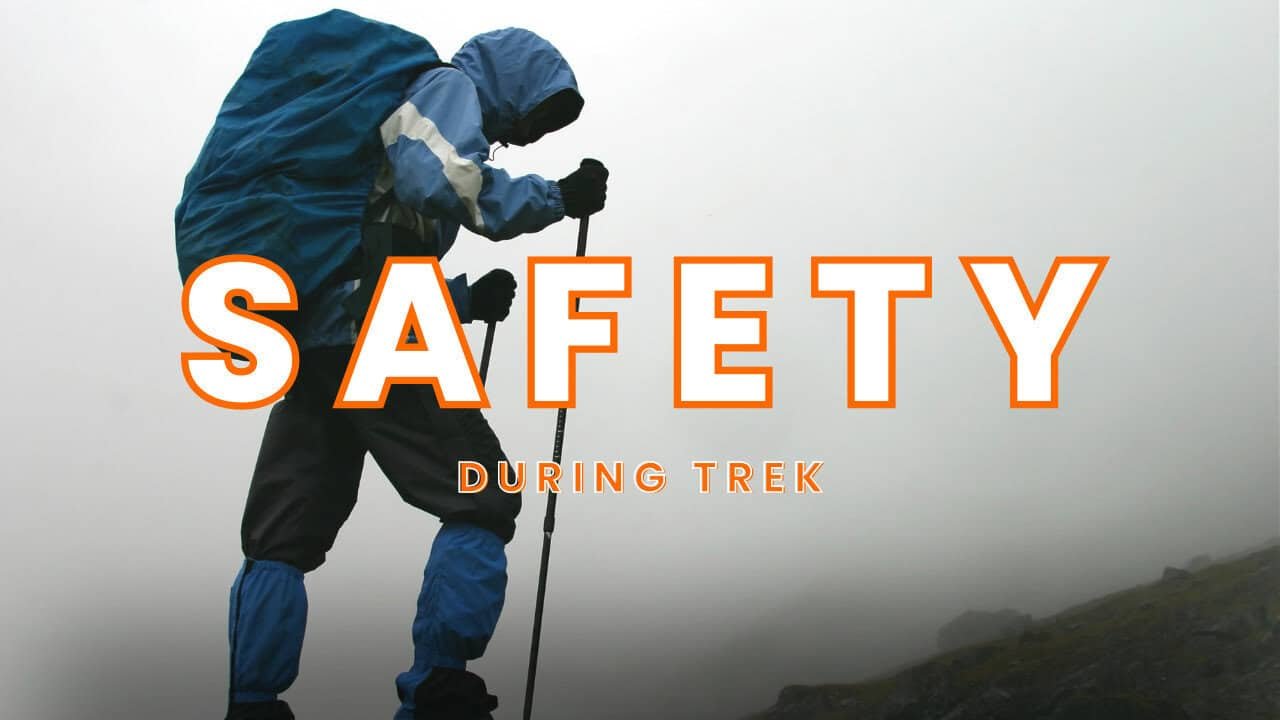
Trekking with us for the Rupin Supin Trek is entirely safe because we have a team of trek leaders qualified in Wilderness first-aid and complete information about the high-altitude glitches. During the trek, we carry a full first-aid kit that contains all the essential medicines. Before trekking with us, you must ensure that you are medically fit for the trek; for us, your medical fitness is more important than anything else.
Right from our establishment, we at Trekup India have been continuously introducing new safety practices into Indian trekking to ensure the safety of voyagers. Trekup India introduced microspikes and made emergency bottled oxygen mandatory for all treks. Our trek leaders take your daily Pulse oximeter reading. We at Trekup India introduced the radio walkie-talkie as a safety communication device.
How can we ensure that your trek is safe with us?
We have noticed that most trek-organizing organizations do not follow these systems, but with time, they are following us; several competing companies are adopting these practices and organizing great, safe treks.
We ensure complete technical safety in the mountain. Our company has a vast team of more than 100 guides and trek leaders who serve on Himalayan treks. One of the best things about our team is that all the members are trained professionally by the Nehru Institute of Mountaineering, Indian Mountaineering Foundation Delhi, and Hanifle Center Outdoor Education Mussoorie.
Explore our New Safety Protocols
To ensure a perfect Trek, we have introduced some new safety checks to ensure excellent safety for our trekkers.
Our On-trek safety checks include:
- Daily oxygen saturation, along with pulse readings
- Stretchers team appointed on every trek
- Radios
- Trained mountain staff and complete safety
- Additional oxygen cylinders
- Special medical kit for high-altitude treks
- Microspikes on all types of snow treks
- Experienced Trek leaders, as well as safety
- Technical team on all snowy slopes
For Us, Your Safety Is the Top Priority
At Trekup India, you will find a team with local knowledge and fluency in English and Hindi. This helps ensure that you have a fantastic trek. Not only this, but we also pay attention to your health and safety because this is something we cannot ignore. All the team leaders involved in trekking have already undergone several professional courses in first aid, portable altitude chamber training, CPR, environmental awareness training, and advanced wilderness emergency medicine.
We also carry a complete first aid medical kit on every trek and trip we organize. Apart from the medical kit, we take a portable altitude chamber (if needed) and medical oxygen for all high-altitude treks. Our company has significant expertise in organizing all sorts of group adventure holidays for family groups, school and college groups, and friend groups. We have many travel options that suit different fitness levels and travelling styles.
Regardless of the group size, we value each and every member of our trekking groups. Our commitment to personal attention ensures that your needs and safety are always our top priority.
Who we are?
Trekup India has been a stalwart in the Adventure Tourism industry for 30 years. Since our inception, we have been dedicated to providing top-notch treks, voyages, trekking programs, and high-altitude expeditions. Our extensive experience is a testament to our commitment to your adventure and safety.
We organize treks in Uttarakhand, Kashmir, Sikkim, and Himachal while being part of the trekking community; we feature more than 75 documented Himalayan treks. In addition to other outdoor activities, our company also organizes trips for schools, colleges, and families.
Therefore, we maintain the quality of services offered to our valuable customers.
Must Read These Information Of Rupin Supin Trek
Best time to do Rupin Supin Trek
Best Time to Visit Rupin Supin Trek
Rupin Supin trek is available all year round however, the most popular seasons are:
Winter (November to March)
Enjoy snow-covered scenery and peaceful beauty. The peaks like Kedarkantha as well as Bandarpoonch can be seen through Vijay Top.
- Temperature: Day: 5°C to 10°C | Night: -5°C to -10°C
- Highlights: Snowfall, frozen Sarutal Lake, peaceful trails
Spring-Summer (April to June)
The snow melts and reveals lush meadows, flowering wildflowers, as well as colourful trails.
- Temperature: Day: 10°C to 20°C | Night: 1°C to 5°C
- Highlights: Green landscapes, wildflowers, clear mountain views
Monsoon (July to September)
The forests turn vibrant green, and the alpine flower blooms. The dramatic view of peaks framed by clouds.
- Temperature: Day: 10°C to 15°C | Night: 1°C to 8°C
- Highlights Highlights: Flora and fauna, rich and lush valleys, lively weather
- Note: Carry rain gear
Autumn (October to Early November)
Clean skies, golden foliage and the perfect weather for hiking. Perfect for photos and quiet.
- Temperature: Day: 5°C to 15°C | Night: Cooler
- Highlights Highlights: Beautiful forests with crisp, clean air. Perspectives of Swargarohini and Black Peak


